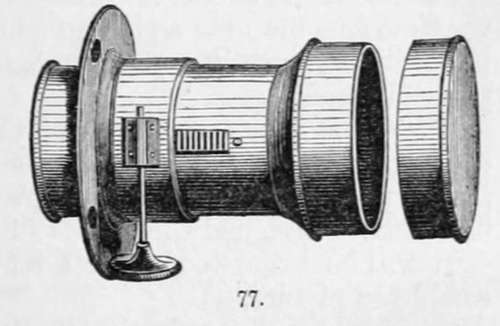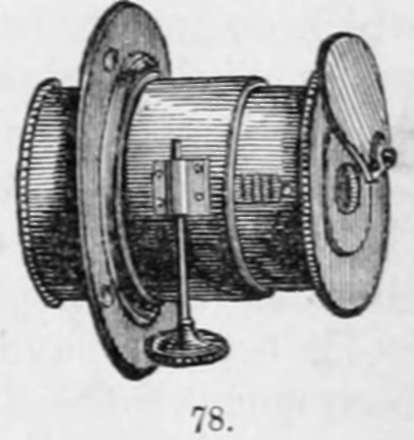Chapter X. General Remarks On The Use Of The Camera Obscura. The Photographic Pentagraph
Description
This section is from the book "A Manual Of Photography", by Robert Hunt. Also available from Amazon: A Manual of Photography.
Chapter X. General Remarks On The Use Of The Camera Obscura. The Photographic Pentagraph
These remarks will apply with equal force to all the processes by which views of external objects can be obtained; but they have more especial reference to those highly sensitive ones, the Daguerreotype, the Talbotype, and the Collodion processes.
It has already been stated that a single achromatic lens, producing a large image, should be employed for motionless objects, where time is not of consequence. For a building, a statue, or the like, it is not of much consequence whether one minute or ten may be consumed in the operation of obtaining its impression. With the human figure and animals the case is very different: the utmost concentration of the solar radiations is therefore required to insure rapidity of action. This is effected by the double combination of lenses, which are usually mounted and adjusted as shown in the above figure, 77. In fig. 78, the mounting of the single lens arrangement is shown.
It is often of the utmost importance, to obtain definition of the objects, that all extraneous rays should be cut off; this is effected by means of a diaphragm of stops, which can be obtained to fit any lens. With this adjustment any sized aperture can be obtained.


Continue to:
- prev: The Use Of The Salts Of Iodine. Part 5
- Table of Contents
- next: Section I. Buildings, Statues, Landscapes, And Foliage
